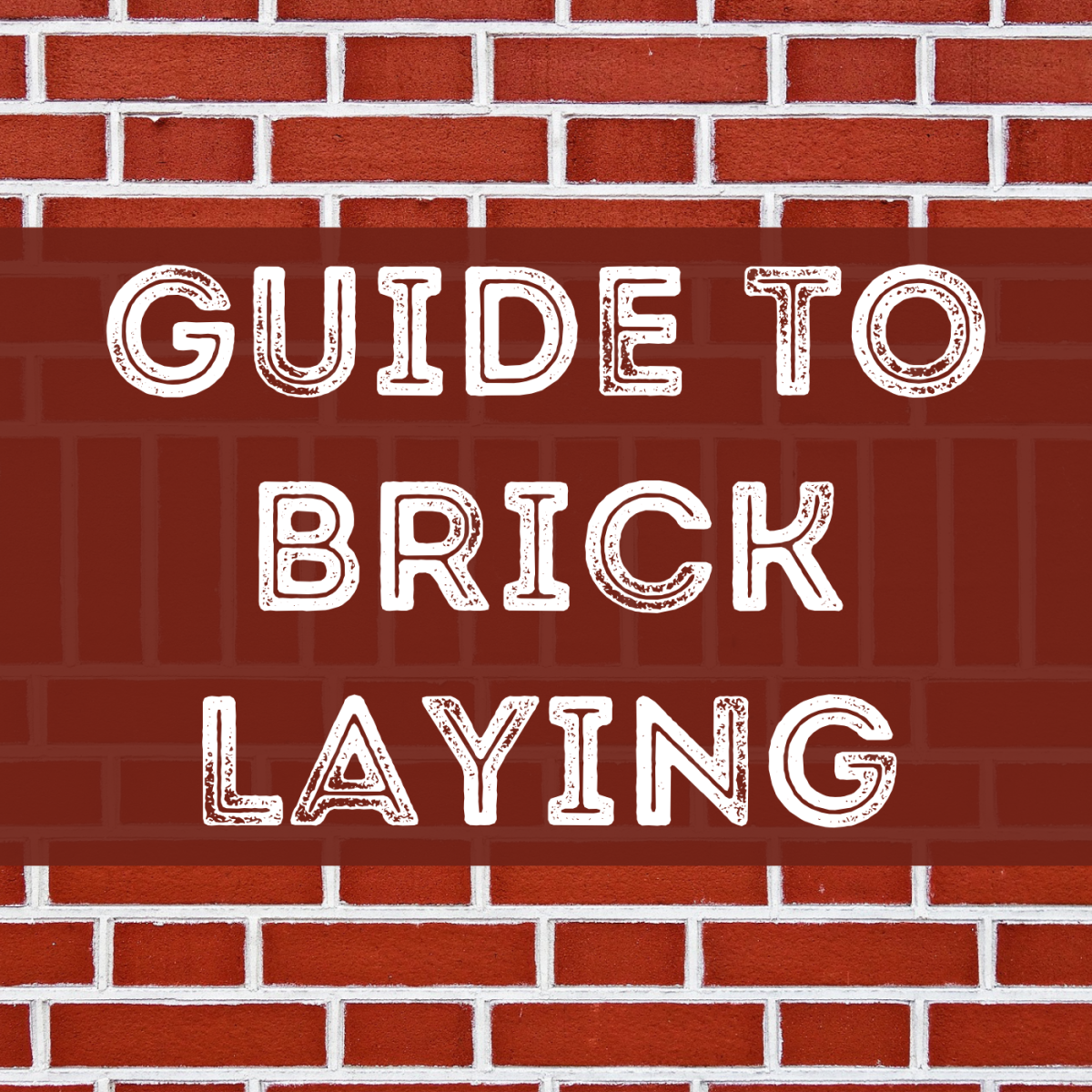Bricklayer Auckland - The Facts
Wiki Article
The Basic Principles Of Bricklayer Auckland
Table of ContentsNot known Details About Bricklayer Auckland The Greatest Guide To Bricklayer AucklandWhat Does Bricklayer Auckland Do?Getting The Bricklayer Auckland To WorkA Biased View of Bricklayer Auckland3 Easy Facts About Bricklayer Auckland Described
Blocks should constantly be stacked on planks; never ever pile them directly on irregular or soft ground. Do not keep bricks on scaffolds or paths.Other than where piled in sheds, brick piles should never be greater than 7 feet high. When a stack of block gets to an elevation of 4 feet, it has to be tapered back 1 inch in every foot of elevation over the 4-foot level. The tops of block stacks have to be maintained level, and the taper have to be preserved throughout unpiling operations.
Structural bond refers to how the specific stonework systems interlock or link together into a single structural system. Using grout to stick surrounding wythes of stonework.
Getting The Bricklayer Auckland To Work
Pattern bond refers to the pattern developed by the masonry devices and mortar joints on the face of a wall (Bricklayer Auckland). The pattern might arise from the architectural bond, or it might be purely attractive and unassociated to the architectural bond. Number 4-4 shows the six basic pattern bonds alike usage today.The running bond is the easiest of the 6 patterns, containing all stretchers. Since the bond has no headers, steel ties generally create the architectural bond. The running bond is made use of mostly in tooth cavity wall construction, block veneer wall surfaces, as well as facing floor tile wall surfaces made with additional wide stretcher floor tile.
Examinations to discover the top quality of bricks have been researched in the previous write-up. Good blocks must not break down when positioned in water. This is really essential as when these bricks are utilized with cement mortar, we must thoroughly saturate them before laying. Only when fat lime or clay mortar is made use of or when one is forced to make use of bricks that are not well scorched, this soaking policy needs to be kicked back.
Some Known Incorrect Statements About Bricklayer Auckland
In all instances, bricks should not be managed in baskets or in any kind of various other setting which will ruin the sharpness of their edges. A layer of mortar is spread to cover the complete width of the wall surface for an appropriate length of the lower course.
We press the side protruding mortar in firmly to be degree with the face of the wall surface if it is to be left unplastered. In the usual practice taken on by several masons, a row of bricks is initial positioned on a thin layer of bed mortar leaving the cross joints empty.


Purely this is not an excellent practice. (Nonetheless, when using cement mortar of high strength, the loss of toughness as a result of infraction of these rules may be only minimal.)The wall surfaces are elevated really plumb. All programs are laid really straight and also all vertical joints absolutely upright. Vertical joints in alternate programs must come straight, look here one over the other.
The Best Strategy To Use For Bricklayer Auckland
For this objective, a wood straight side with graduation offering a thickness of each block program including joint can be made use of for advice. For a thick wall, the above procedure is duplicated along with both faces of the wall surface and the interior filling up blocks for the thick wall are stocked a similar manner.
This operation of filling up open joints is called flushing-up. It is incorrectly omitted for a number of training courses on some badly-executed tasks and also just done later on (not after every training course) in an ineffective way. It is not an excellent practice as well as ought to be stayed clear of as it is vital that every training course needs to be purged up to the degree if great is called for.

Bricklayer Auckland Can Be Fun For Anyone
The mortar climbing as well as filling up the vertical joints totally and also forms an exceedingly strong as well as strong wall surface. This is understood as larrying. For a rat catch bond job (as in the construction of cavity walls), if the mortar is placed carelessly on the brick, several of it will certainly fall under the cavities and will be lost.The face of the brickwork shall also be cleaned of all mortar droppings, etc(ii) When circumstances make it necessary to continue a part of a building in irregular programs, the work will be built back (according to the bond used on the job) at an angle not steeper than 45 levels so as to ensure an uniform as well as efficient bonding.
Or else, for faces to be smudged, finishing of the face joints should be executed as talked about in below (This is really important.)(iv) The wall surfaces should be consistently elevated all around not leaving any kind of Bricklayer Auckland component one metre (three feet) lower than the other - Bricklayer Auckland. A day's job ought to not be even more than 1.
Some Known Factual Statements About Bricklayer Auckland
When the facework is to be later plastered or the joints alone are to be pointed, the joints must be raked while the wall is being developed. Bricklayer Auckland. It needs to be raked to a minimal deepness of 12 mm by a raking device throughout the progression of the job itself, when the mortar is still eco-friendly.
If gluing or directing is not imagined, the joints have to be struck flush and finished at the time of laying itself, as currently stated. Half-brick walls have a tendency to break unless treatment is absorbed its construction. Brickwork in half-brick stonework is to be brought out with cots in 1: 5 mortar.
Report this wiki page